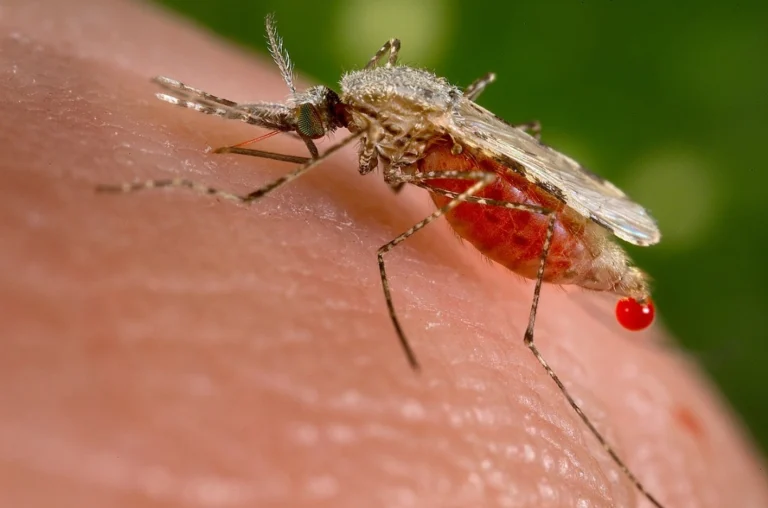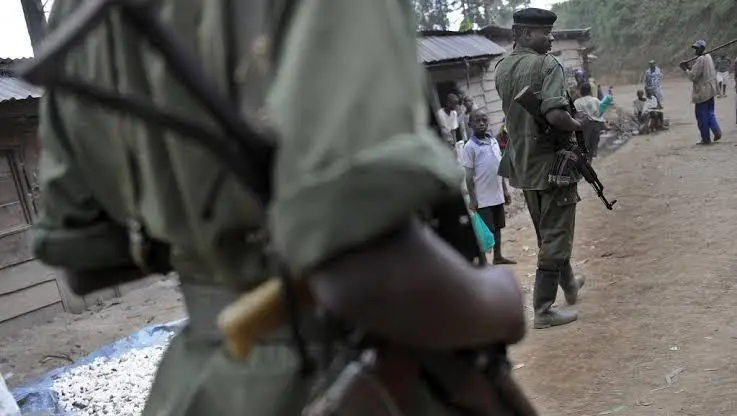Malaria Rebounds in Zimbabwe After U.S. Aid Withdrawal
Zimbabwe faces a major resurgence of malaria following U.S. aid cuts, with deaths more than tripling in 2025.

Mosquito net shortages following U.S. aid cuts have left Zimbabwean communities increasingly vulnerable to malaria outbreaks. Photo: @muhaziyacu
July 19, 2025 Hour: 5:19 am
A resurgence of malaria in Zimbabwe is exposing the fragility of donor-dependent health systems, after U.S. funding cuts triggered the collapse of key prevention programmes and left communities without protection.
RELATED:
Mpox cases in Guinea pass 200 as Africa sees rising infections
Malaria infections and deaths have surged sharply in Zimbabwe in 2025, with 119,648 cases and 334 fatalities reported by the end of June. This marks a dramatic reversal in national efforts to eliminate the disease, just six months after the United States halted funding for malaria, tuberculosis, and HIV/AIDS programmes under former President Donald Trump.
The cuts severely disrupted Zimbabwe’s Entomological Support Programme in Malaria (Zento), which was run by Africa University in Mutare and served as a critical research partner for the country’s National Malaria Control Programme (NMCP). The Zento programme had achieved significant success in monitoring mosquito populations and informing targeted interventions.
“Working with the National Malaria Control Programme, [the Zento project] had just been expanded,” said Professor Sungano Mharakurwa, director of the Malaria Institute at Africa University. “It was poised to run for five years with national coverage when it was abruptly terminated.”
The collapse of the programme coincided with widespread distribution delays of insecticide-treated mosquito nets and other key supplies. According to Zimbabwe’s Ministry of Health, a shortfall of 600,000 nets was recorded in May, leaving hundreds of thousands of people exposed to infection during the peak transmission season.
“Sustained domestic funding is critical to keep prevention and treatment efforts on track,” said Itai Rusike, director of the Community Working Group on Health. “If mosquito nets and preventive medicines for pregnant women are unavailable, lives will be lost.”
Children under five represent 14% of reported malaria cases, underscoring the disproportionate impact on the most vulnerable.
Zimbabwe had committed to eliminating malaria by 2030, in alignment with the African Union’s continent-wide goal. Strategies included distributing nets, indoor residual spraying, and improving community awareness and disease surveillance. But the withdrawal of international support has significantly hindered progress.
Deputy Health Minister Sleiman Kwidini acknowledged the impact of the funding gap and said the government is now taking over procurement responsibilities. “We have just been disturbed, but our vision is to eliminate malaria by 2030,” he said.
Former health minister Dr. Henry Madzorera called for a stronger commitment to domestic health financing. “We have a lot of taxes earmarked for the health sector – let us use them wisely for health promotion and disease prevention,” he said.
The Zento programme had shown promising results in Manicaland province, where malaria cases dropped from 145,775 in 2020 to just over 8,000 by 2024. However, following the funding withdrawal, cases rebounded to 27,212 in 2025. “The malaria was back with a vengeance straight after,” Mharakurwa said.
Above-average rainfall this year has worsened the situation, further enabling mosquito breeding and disease transmission.
Zimbabwe’s malaria resurgence illustrates the wider challenge facing Global South nations that rely heavily on external aid to sustain public health infrastructure. As malaria returns to communities once considered under control, experts warn that only long-term, locally driven funding models will secure lasting disease elimination across the continent.
Author: MK
Source: The Guardian






